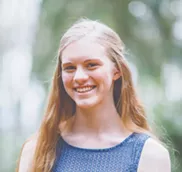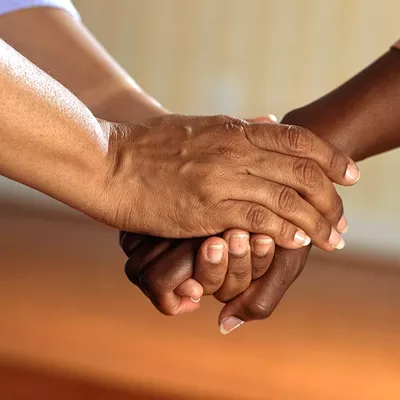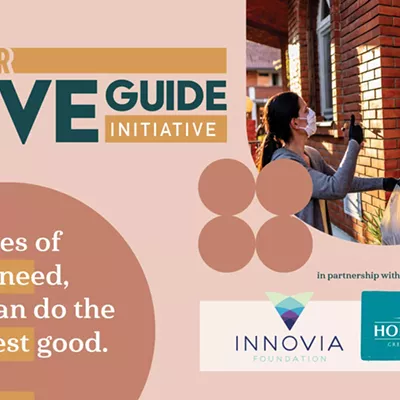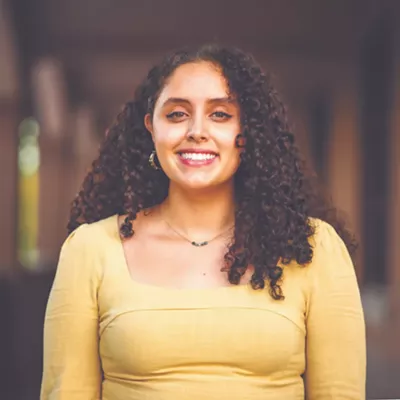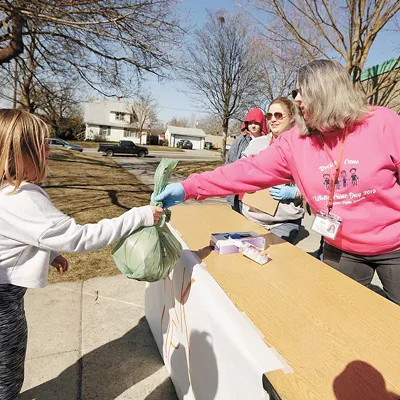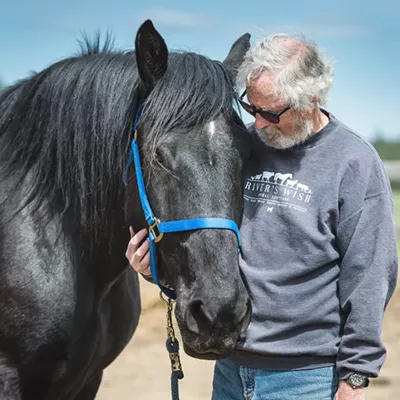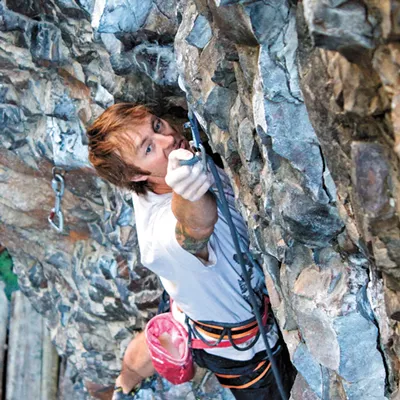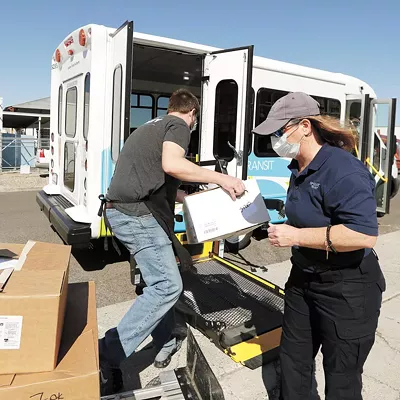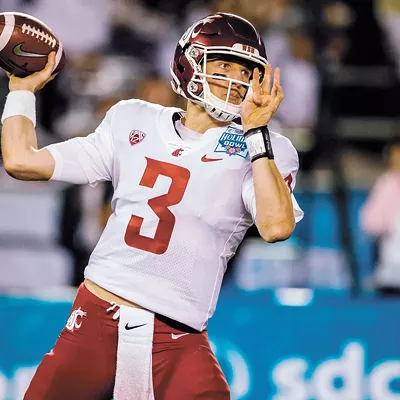As we reflect on a year of tremendous need, we should not let go of the fact that the decade ahead offers incredible possibilities for our region. One of those possibilities, based on demographic projections, is the substantial generational transfer of wealth that will take place in the next 10 years.
People in Eastern Washington and North Idaho are expected to leave behind $42 billion over the next decade to beneficiaries upon their deaths, according to a 2019 study commissioned by Innovia Foundation. This expected shift could have enormously positive results for our community. If just 5 percent of that wealth transfer was transformed into local philanthropy, we would invest $2 billion back into our communities to make dramatic improvements in our region’s future.
To better understand how our communities are responding to this 5 percent giving opportunity, we brought together a panel of four community representatives: Joe Poss, vice president for university advancement at Gonzaga University; Janice Baldwin, senior vice president of investment at Merrill Lynch; Rowena Pineda, director of community collaborations and equity at Spokane County United Way; and Katie Egland Cox, executive director of Kaniksu Land Trust.
“The COVID-19 pandemic has amplified inequities in our communities, and we have this opportunity to change the way we are doing things. Just like we try to buy locally, we can invest locally.”
These leaders shared their vision for how community-based philanthropy belongs to all of us as a tool that can transform our region and maximize the 5 percent wealth transfer opportunity.
Why is community-based philanthropy so valuable?
Janice Baldwin: “Community-based philanthropy allows us to identify needs in the community that we are passionate about and create a legacy of meeting those needs in perpetuity.”
Joe Poss: “Community philanthropy allows us to come together in support of the things and organizations that truly demonstrate what and who our community is.”
How can community-based philanthropy make a difference?
Rowena Pineda: “Community-based philanthropy is a wider net than we sometimes realize. Community-based philanthropy allows our strong and resilient BIPOC communities to use the power of philanthropy to meet their unique needs.”Katie Egland Cox: “Our local endowments and grantmakers listen intently to the needs of our community. Community-based philanthropy challenges us to activate these partnerships, the key to greater and more lasting impact in meeting community needs.”
How can the 5 percent transfer of wealth opportunity make a difference?
Joe Poss: “Anybody can give 5 percent, and everyone in the community benefits.”Rowena Pineda: “The COVID-19 pandemic has amplified inequities in our communities, and we have this opportunity to change the way we are doing things. Just like we try to buy locally, we can invest locally.”
Katie Cox: “Wealth transfer in financial terms alone will not protect the rich quality of life that we all enjoy, but together we can thoughtfully impact the transfer of wealth invested in local lands, while also providing options for land protection to honor family legacy and connection to place.”
Janice Baldwin: “You can give 5 percent of your estate back to the community and create a lasting legacy that helps the community in which we live thrive.” ♦
For more information, or to learn about ways you can join the 5 percent opportunity, contact your favorite nonprofit, or Innovia Foundation at www.innovia.org/5percent. Rachel Quick is an Innovia Foundation fellow and a senior at Whitworth University.

